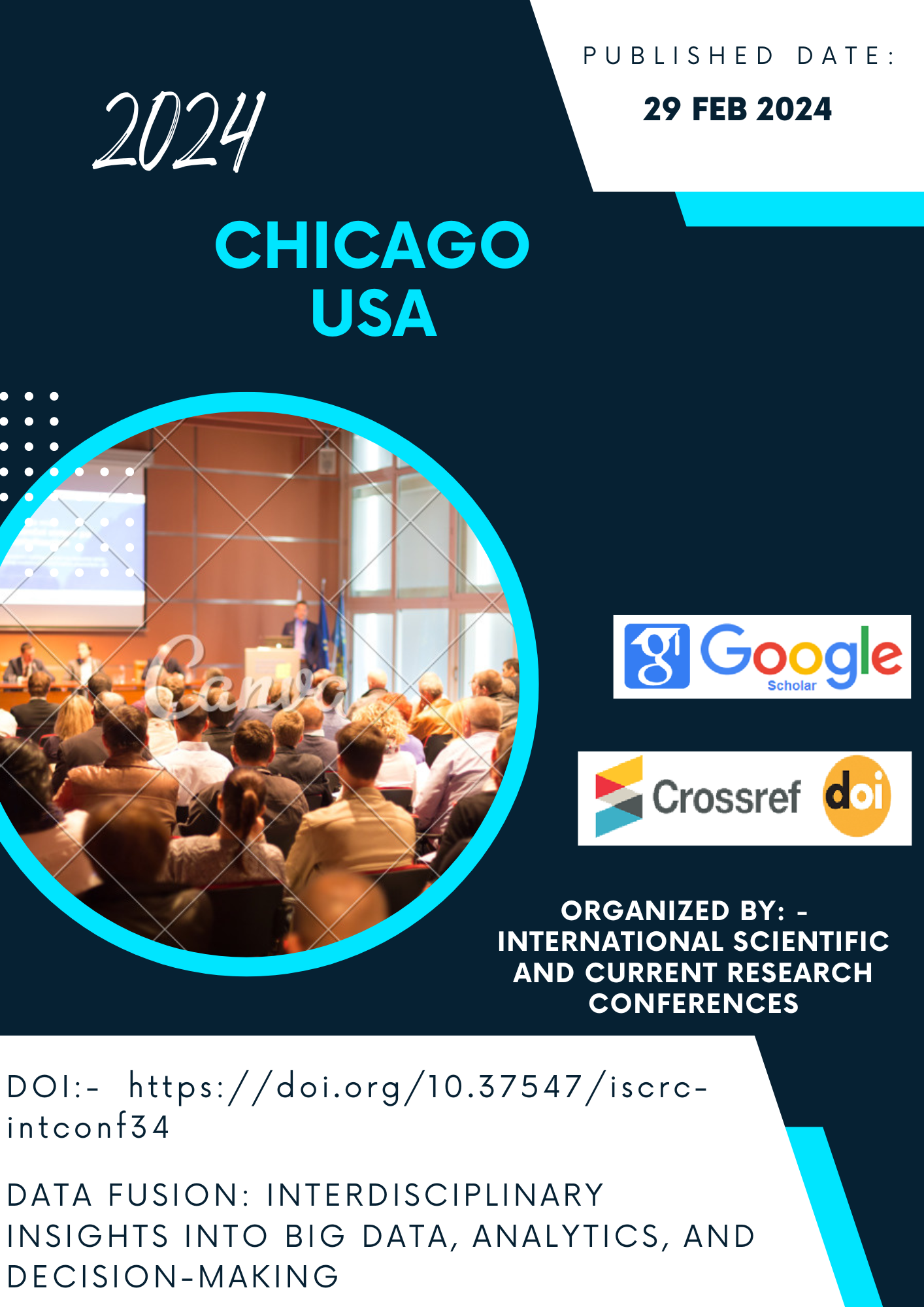DEVELOPING DIGITAL COMPETENCIES OF HISTORY STUDENTS: EFFECTIVE METHODS
Keywords:
History education, digital environment, didactic foundationsAbstract
In an era where digital resources play an increasingly pivotal role in education, nurturing the digital competencies of history students has become essential. By integrating technology into the study of historical events, researchers, and teachers can provide new opportunities for inquiry, analysis, and dissemination of knowledge. This article explores the dimensions of digital competency in the context of history education and examines effective methods that can be used to foster these skills among students. Ultimately, developing robust digital competencies positions future historians to critically engage with a wealth of digital sources, tools, and platforms.
Downloads
References
Dede, C. (2008). A seismic shift in epistemology. In J. Voogt & G. Knezek (Eds.), International handbook of information technology in primary and secondary education (pp. 43–62). Springer.
Freedman, E. B. (2019). Teaching history with digital historical games: The pedagogical potential. Journal of Social Studies Education, 10(2), 88–102.
Hawkey, K. (2013). History student teachers’ attitudes toward using digital tools. Technology, Pedagogy, and Education, 22(2), 213–227.
Tally, R., & Goldenberg, L. B. (2005). Fostering historical thinking with digitized primary sources. Journal of Research on Technology in Education, 38(1), 1–21.
Downloads
Published
How to Cite
Issue
Section
License
Copyright (c) 2024 Boltaeva Mokhichekhra Jamshid Qizi

This work is licensed under a Creative Commons Attribution 4.0 International License.
The content published on the International Scientific and Current Research Conferences platform, including conference papers, abstracts, and presentations, is made available under an open-access model. Users are free to access, share, and distribute this content, provided that proper attribution is given to the original authors and the source.






